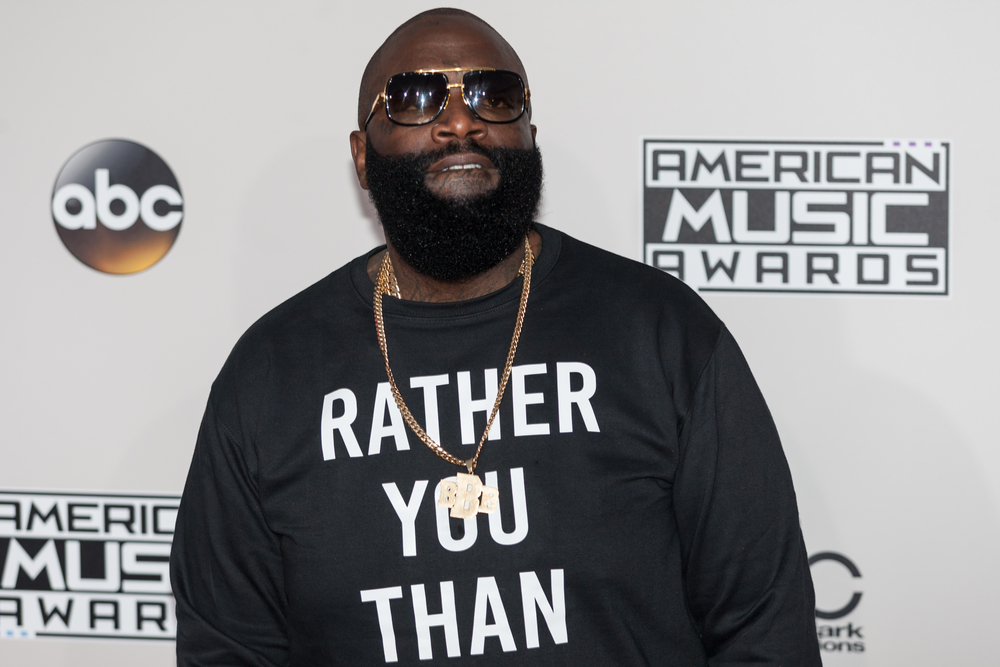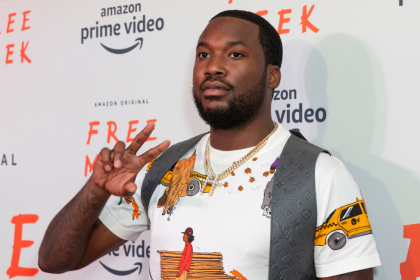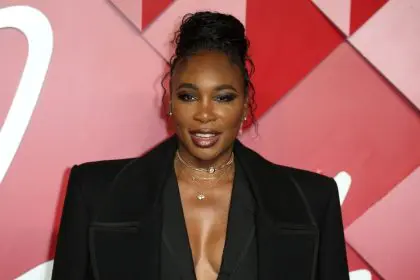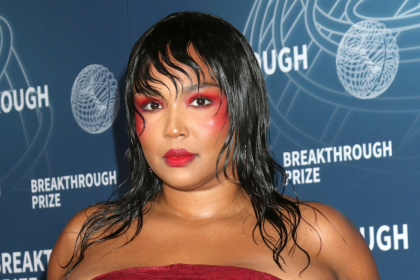The long-standing rivalry between Rick Ross and 50 Cent has entered a new chapter, centering around the portrayal of the Black Mafia Family (BMF) story. The conflict escalated when Ross announced his collaboration with Demetrius “Big Meech” Flenory, setting the stage for what could become a significant entertainment industry showdown. This development marks a crucial moment in hip-hop culture, where the intersection of music, television, and film creates unprecedented opportunities for storytelling and brand expansion.
Behind the strategic alliance
Ross’s partnership with Big Meech ahead of the latter’s homecoming event represents more than just a business move. This alliance directly challenges 50 Cent’s established narrative through the BMF series on STARZ, which has been telling the story of the Flenory brothers since its inception. The collaboration demonstrates Ross’s understanding of timing and strategic positioning in the entertainment industry, particularly in how narrative control can shape public perception and cultural impact.
The significance of this partnership extends beyond the immediate entertainment value, touching on themes of authenticity, representation, and the right to tell community stories. By aligning with Big Meech directly, Ross positions himself as a conduit for what he considers a more authentic telling of the BMF saga, challenging the existing narrative framework established by 50 Cent‘s production.
Vision for a cinematic masterpiece
Ross‘s ambitious plans extend beyond mere competition. His vision for a high-budget BMF film aims to elevate the storytelling to new heights, with potential directors including industry heavyweights F. Gary Gray, Antoine Fuqua, and Quentin Tarantino. This move signals a clear intention to transcend the perceived limitations of the television format, pushing for a more cinematic experience that could potentially redefine how hip-hop stories are brought to the big screen.
The proposed film project represents a significant shift in how hip-hop narratives are presented to mainstream audiences. By targeting acclaimed directors and pushing for a substantial budget, Ross demonstrates an understanding of how production value can influence narrative impact. This approach could set new standards for hip-hop-related film projects, potentially inspiring similar initiatives across the industry.
Industry power dynamics
The entertainment industry watches as Ross positions himself as a major player in this high-stakes game. His confident approach to the situation reflects a deeper understanding of industry mechanics, moving beyond personal feuds to focus on larger strategic goals in film production. This movement in the industry highlights the evolving relationship between music artists and visual media, showing how hip-hop figures can leverage their influence to shape broader entertainment narratives.
The power play between Ross and 50 Cent illustrates the complex dynamics of control and influence in modern entertainment. As streaming platforms continue to reshape how content is created and consumed, the ability to control narrative rights becomes increasingly valuable. This situation exemplifies how personal rivalries can transform into business opportunities, potentially creating new paradigms for content creation and distribution.
Family connections and industry impact
The rivalry has created ripples throughout the industry, affecting both personal and professional relationships. The involvement of family members and industry figures has transformed this conflict into a broader conversation about loyalty, authority, and storytelling rights in hip-hop culture. This expansion of the narrative beyond the original participants demonstrates the interconnected nature of the hip-hop community and its influence on broader entertainment industry dynamics.
Future implications
This development signals a potential shift in how hip-hop stories are told in mainstream media. Ross’s initiative could mark the beginning of a new era where artists take more control over narrative rights and production decisions, potentially reshaping the landscape of hip-hop entertainment. The outcome of this situation could influence future projects, setting precedents for how artists approach storytelling and content creation in the digital age.
The industry implications extend beyond the immediate conflict, potentially affecting how future hip-hop-related projects are developed, funded, and distributed. This situation highlights the growing sophistication of hip-hop entrepreneurs in leveraging their influence across multiple entertainment sectors, suggesting a future where artists have greater control over their narratives and creative properties.















